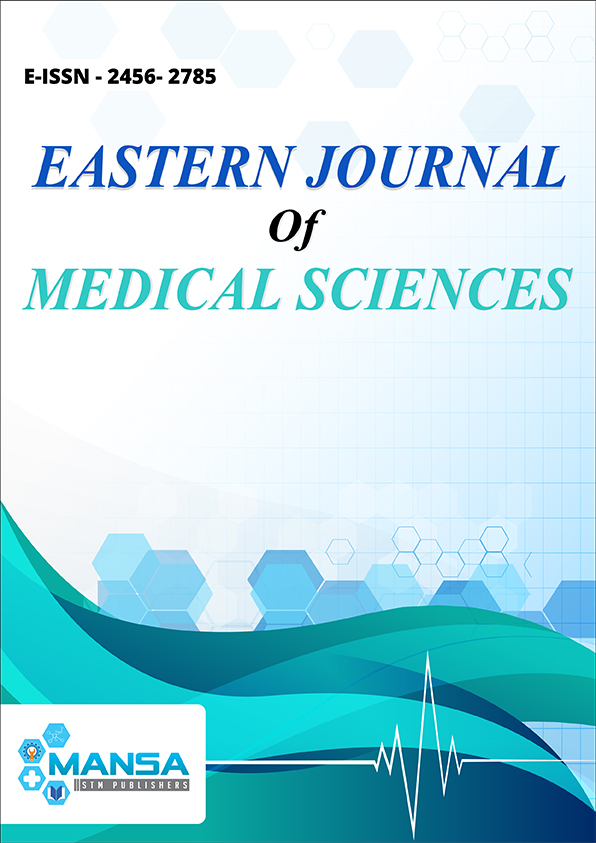Clinico-microbiological profile of neonatal sepsis among babies born to COVID-19 positive mothers: A study from dedicated COVID tertiary care center
DOI:
https://doi.org/10.32677/ejms.v7i1.3192Keywords:
COVID-19 mothers, Neonatal sepsis, Clinico-microbiological profileAbstract
Introduction:
Coronavirus disease -19 (COVID- 19) disease, is highly transmissible, has rapidly spread worldwide since December 2019 and caused a wide spectrum of clinical manifestations in humans ranging from a common cold to severe acute respiratory syndrome. A major concern of Severe Acute Respiratory Syndrome Cornonavirus-2 (SARS-CoV-2) infection is vertical maternal-fetal transmission, though reported sparsely; it remains unclear whether these occurred via the transplacental, transcervical route or through environmental exposure.
Aim and objectives:
To study the Clinico-microbiological profile and COVID status of neonates having sepsis, born to COVID-19 positive mothers in a tertiary care Covid -19 hospital.
Material & Methods:
50 cases of neonatal sepsis born to COVID-19 positive mothers admitted to Neonatal Intensive Care Unit (NICU) (January to May 2021) at a COVID dedicated tertiary care hospital. Two ml of venous blood drawn aseptically and inoculated aseptically into a Brain heart Infusion broth (BHIB) containing blood culture bottle. Antimicrobial susceptibility testing (AST) was performed on all the bacterial isolates as per the Clinical Laboratory Standard Institute (CLSI) guidelines 2021.
Statistical analysis: A p-value of P < 0.05 was considered to be statistically significant. Statistical package for social sciences (SPSS 19) .software was used for statistical analysis.
Result:
Bacteremia was observed in 44 patients (88%), whereas 12% patients grew yeast. Among the gram positive isolates from the blood culture, 80% susceptibility was observed for Teicoplanin and Clindamycin. While 84% of the Gram negative microorganisms were susceptible to piperacillin with Tazobactam and cotrimoxazole. Of the 6 Candida isolates, non Candida albicans species was more common (66 %).
Conclusion: The current body of evidence from high-burden COVID-19 areas globally suggests that co-infections are common, particularly in severe cases.
Downloads
Downloads
Published
Issue
Section
License
Copyright (c) 2022 kirti nirmal, Shukla Das, Bineeta Kashyap , Subhashree Mohapatra , L. Jothisri , Sushil Srivastava , Narendra Pal Singh

This work is licensed under a Creative Commons Attribution-NonCommercial-NoDerivatives 4.0 International License.

